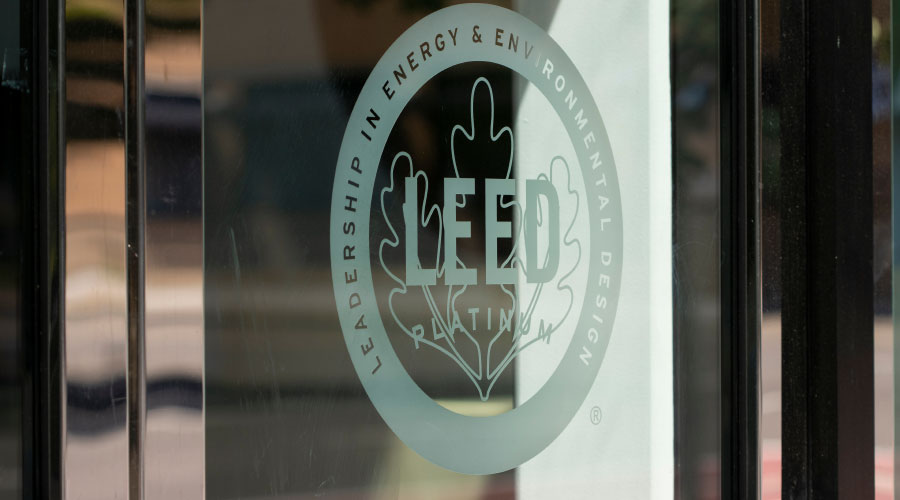Most Impactful Changes in LEED v4
Can you give readers the 2-3 most impactful changes to LEEDv4, Existing Buildings O+M? What do they most need to understand?
LEED version 4 (LEED v4) is the biggest change to LEED’s core requirements since its inception. The version of LEED currently in use, LEED 2009, introduced certain structural changes, such as a new 100-point rating scale, but the credit requirements didn’t change much. LEED v4, by contrast, has a lot of changes that are worth becoming familiar with if you are currently involved in LEED, or plan to be. The biggest structural change is the new division of credit requirements into Establishment and Performance requirements, which we'll cover in Question 2.
In terms of credit requirements, the biggest change is the strengthening of EAp2: Minimum energy performance as the “gatekeeper” for LEED-EBOM. Only buildings with an Energy Star score of 75 or better need apply (that’s up from 69) — although we’ll get to what’s known as the Energy Jumpstart option in Question 3.
A site management policy is now a prerequisite in the Sustainable Sites section. The kinds of best management practices it calls for, such as use of environmentally preferable deicing practices, and diversion of organic waste, shouldn’t be new concepts to most teams, but requiring a policy on them is new.
Major changes that made the Materials & Resources (MR) section in the LEED Building Design & Construction (BD&C) rating systems more challenging got a lot of attention during the public comment periods (for more on finding products compliant with LEED v4, see LEEDuser’s webcast), but the impact of these changes on LEED-EBOM is more diffuse.
That’s because while the purchasing credits are more stringent, EBOM also incorporates waste policies as well as policies focused on specific purchases like lamps. However, if you were in a comfort zone with your MR credits, you might have to start fresh. And the waste portion is more stringent — an audit every five years is a prerequisite — not longer a credit.
Answers provided by Tristan Roberts, editorial director for BuildingGreen, Inc., the main voice behind its popular LEED help tool LEEDuser.com, and moderator of the LEEDuser forum.
Related Topics:














